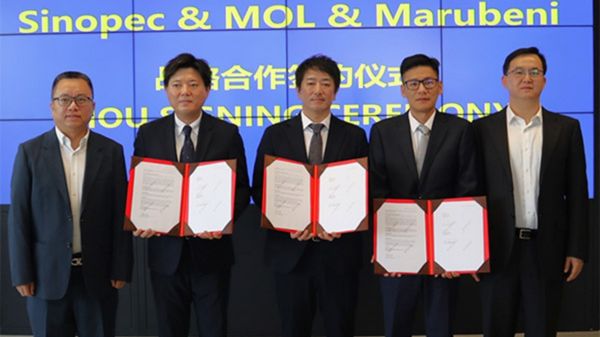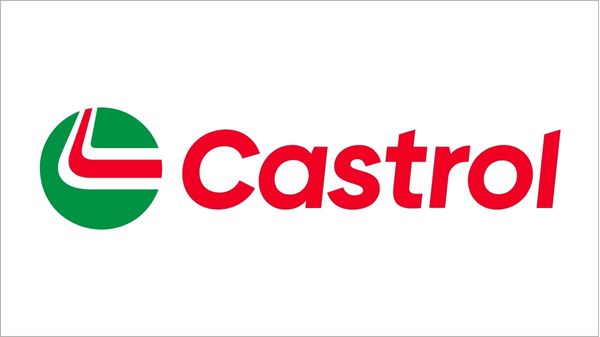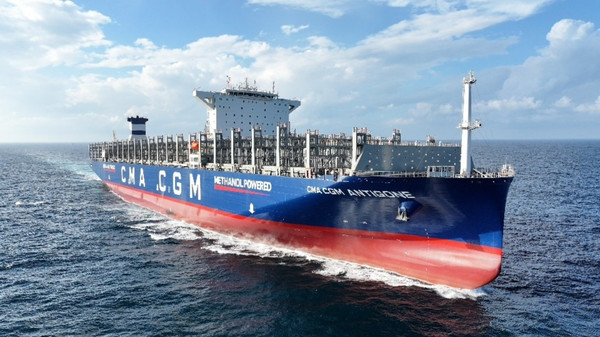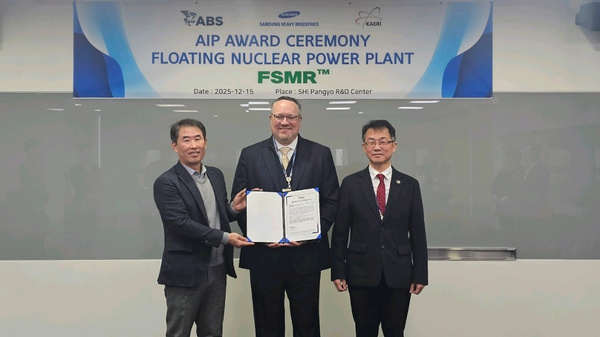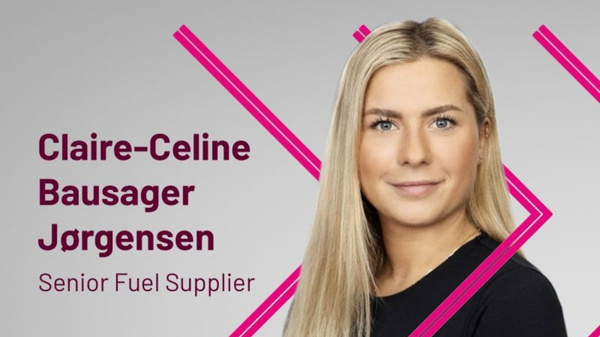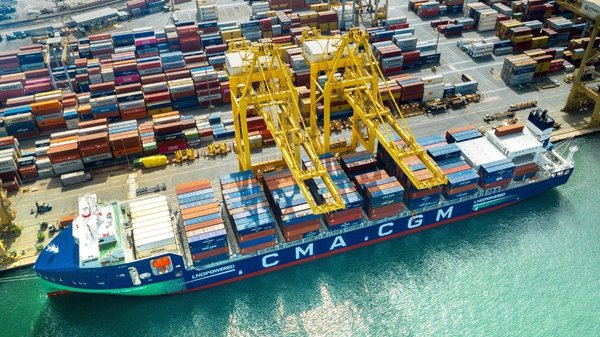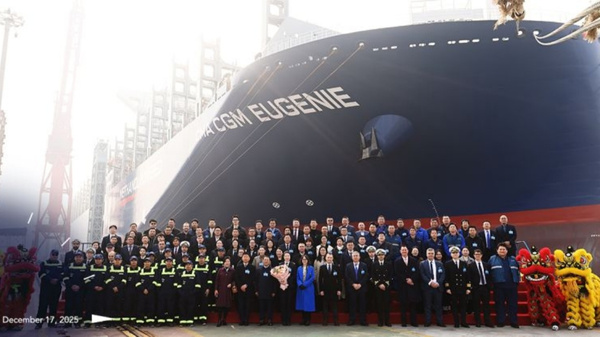Earlier this year, in August, the
California Air Resources Board (ARB) released an advisory to owners or operators of ocean-going vessels visiting California ports with its guidance for complying with fuel regulations.
The California Ocean-going Vessel (OGV) Fuel Regulation includes a sunset provision which states that the requirements of the California OGV Fuel Regulation will cease to apply if the United States adopts and enforces requirements that will achieve equivalent emissions reductions to the California OGV Fuel Regulation within Regulated California Waters. The provision further states that the California OGV Fuel Regulation requirements will remain in effect until the Executive Officer issues written findings that the federal requirements will achieve equivalent emission reductions and are being enforced within Regulated California Waters.
In accordance with this provision, ARB staff is conducting a sunset review as allowed by the California OGV Fuel Regulation. During ARB staff’s sunset review, which is expected to extend beyond January 2015, the California OGV Fuel Regulation will remain in effect and will continue to be enforced. Vessel operators must ensure that they meet both the California OGV Fuel Regulation and the North American Emission Control Area (ECA Regulation) requirements. We do not anticipate any undue difficulty for vessel operators to comply with the fuel sulfur content limit in both regulations during the sunset review because as of January 1, 2015 both regulations specify a fuel sulfur limit of 0.1%. However, there are provisions under the ECA Regulation that provide for alternative compliance options that are not specifically identified in the California OGV Fuel Regulation. The purpose of this advisory is to identify a compliance option under the California OGV Fuel Regulation that will allow vessels that are complying with the ECA Regulation to comply with the California OGV Fuel Regulation during the sunset review period.
What is the scope and schedule for the ARB staff sunset review?
Under the sunset review process, ARB staff will evaluate the emissions reductions achieved by the ECA Regulation and compare them to the emissions reductions achieved by the California OGV Fuel Regulation. This evaluation will take into consideration the exemptions, exceptions, and alternative technologies allowed under the ECA Regulation that are different from the specific fuel standards in the California regulation. Staff will also evaluate the extent to which the enforcement program implemented by U.S. Coast Guard and the U.S. Environmental Protection Agency will be as effective as the program being implemented to enforce the California OGV Fuel Regulation. Staff anticipates that this evaluation will be completed by April 2015.
Are there provisions in the ECA Regulation that are not fully consistent with the California OGV Fuel Regulation?
While the fuel sulfur limits under the California OGV Fuel Regulation and the ECA Regulation will be the same beginning January 2015, there are provisions in the ECA Regulation that are different from the California OGV Fuel Regulation. Examples of provisions in the ECA Regulation that do not have an identical match in the California OGV Fuel Regulation include:
The ECA Regulation allows alternative emissions control technologies such as exhaust gas cleaning devices (scrubbers) to be used under Revised MARPOL Annex VI, Regulation 4, “Equivalents,”4 in place of low sulfur fuel to achieve reductions in sulfur oxide emissions, while the California OGV Fuel Regulation does not have a similar provision; and
The ECA Regulation only requires that a fuel meet the specified percent sulfur requirements, while the California OGV Fuel Regulation requires that the fuel also meet the specifications for distillate grades (marine gas oil or marine diesel oil).
How does ARB staff plan to address situations where a vessel operator is complying with provisions in the ECA Regulation that are different than the California OGV Fuel Regulation?
ARB staff will allow vessels complying with the ECA Regulation under the provisions mentioned above to comply with the California OGV Fuel Regulation by using the Temporary Experimental or Research Exemption or “Research Exemption” (subsection (c) (6) in both title 13, CCR, §2299.2 and title 17, CCR, §93118.2) during the sunset review period. A temporary Research Exemption will be granted for the duration of the sunset review to vessels that are in compliance with the ECA and whose operators notify ARB prior to entering California Regulated Waters that they will comply under the Research Exemption. To satisfy the requirements of the Research Exemption, vessel operators will need to provide information on their emission control strategy, including the following:
For Vessel Operators Using Equivalent Alternative Emissions Control Technologies: Provide information describing the equivalent emissions control technology being employed (i.e. open and/or closed loop exhaust scrubber), and any available measurement data that the operator has on the emissions of diesel particulate matter, oxides of nitrogen and sulfur oxides from the vessel with the equivalent emission reduction strategy being employed. This documentation should include the vessel’s International Air Pollution Prevention (IAPP) certificate, and attachments where applicable.
For Vessel Operators Using Nondistillate Fuels at or below 0.1% Sulfur6: Identify the fuel type being used (e.g. marine fuel grade under ISO 8217), and ISO or ASTM specifications the fuel meets, as applicable. Provide any additional datathe operator has on fuel properties that may impact emissions of diesel particulate matter, oxides of nitrogen and sulfur oxides.
ARB said its staff will use the information provided to further advance the state of knowledge of oceangoing vessel exhaust control technologies and fuel usage. Vessel operators are encouraged to contact ARB staff in advance with any questions.
To help streamline the submission of this information, ARB staff has prepared a notification form that operators may elect to use. Once a vessel operator has provided the requested information, the vessel will be deemed to meet the requirements of the Research Exemption in the California OGV Fuel Regulation. The notification form and any applicable documentation only need to be provided once for each vessel.
Can I use the fuel switching records I keep for the ECA Regulation to comply with the California OGV Fuel Regulation?
Yes, if the fuel switching records (logbooks) kept to demonstrate compliance with the ECA Regulation also satisfy the fuel switching recordkeeping requirements of the California OGV Fuel Regulation, then it will not be necessary to keep separate California OGV Fuels Regulation records. Staff anticipates that ECA Regulation records will satisfy the fuel switching recordkeeping requirements in the California OGV Fuel Regulation.

